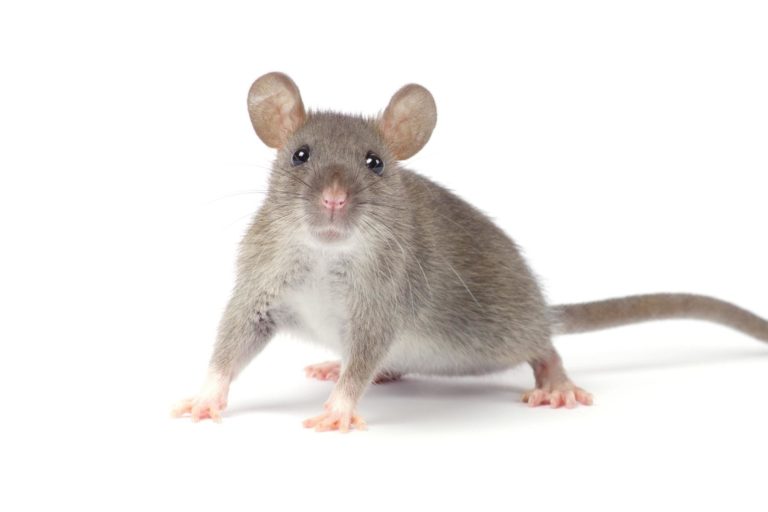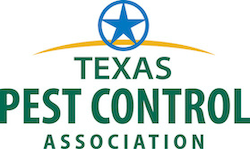Commensal Rodent Information
- Out of over 2,000 species of rodents worldwide, only three are of concern to humans. The Norwegian rat, the roof rat, and house mice are collectively known as commensal rodents. Commensal rodents contaminate food, damage property, and carry diseases.
- Signs of infestation include droppings, nesting material such as shredded fabric or paper, and stale smells.
- House mice will nest almost anywhere, whereas the Norwegian rat prefers to nest underground, under floors, and under stacks of rubbish. As its name implies, the roof rat prefers to nest in attics and double walls.
- Methods of control include rodenticides and traps. Rat-proofing, removing food sources, water supply, and shelter are also helpful.
- Norway rats, the type of rat that inhabits most American cities, are originally from Asia. The rats were brought to England on Norwegian ships and thus named Norwegian Rats.
- Roof rats were responsible for The Black Death or bubonic plague. Although it has been mostly eradicated, there are still, on average, seven cases annually in the United States.
- House mice are the most common animal in the United States. Female house mice can give birth a mere two months after birth. A single female can give birth to up to 150 babies in twelve months! If you spot a mouse in your home, it is safe to assume there are more.
- Norwegian rats are also known as brown rats, sewer rats, and wharf rats. Being the largest of the commensal rodents, Norwegian rats can grow over a foot long.
- Although roof rats are color blind and have poor vision, their sense of smell, taste, and hearing are very strong.
- Even though house mice are less than four inches in length, they have voracious appetites. House mice eat 15 to 20 times per day and prefer to live near easily accessible food sources.
References
Kurtz, Chaya. “Eight Facts about Norway Rats.” Networx, Networx Systems, Inc., 20 Feb. 2013, https://www.networx.com/article/facts-about-norway-rats6. “Frequently Asked Questions.” Centers for Disease Control and Prevention, Centers for Disease Control and Prevention, 15 Nov. 2021, https://www.cdc.gov/plague/faq/index.html#:~:text=Over%2080%25%20of%20United%20States,in%20people%20ages%2012%E2%80%9345.
Kurtz, Chaya. “Eight Facts about Norway Rats.” Networx, Networx Systems, Inc., 20 Feb. 2013, https://www.networx.com/article/facts-about-norway-rats6. “Frequently Asked Questions.” Centers for Disease Control and Prevention, Centers for Disease Control and Prevention, 15 Nov. 2021, https://www.cdc.gov/plague/faq/index.html#:~:text=Over%2080%25%20of%20United%20States,in%20people%20ages%2012%E2%80%9345.
“Fascinating Mouse Facts You Did Not Know – Mice Facts.” PestWorld.org Your Partner in Pest Prevention, https://www.pestworld.org/news-hub/pest-articles/fascinating-facts-you-never-knew-about-mice/.
L-1916 6/13 Managing Rats Mice – Texas A&M Agrilife. https://agrilife.org/txwildlifeservices/files/2016/08/RatsMice.pdf.
“Fascinating Mouse Facts You Did Not Know – Mice Facts.” PestWorld.org Your Partner in Pest Prevention, https://www.pestworld.org/news-hub/pest-articles/fascinating-facts-you-never-knew-about-mice/.








